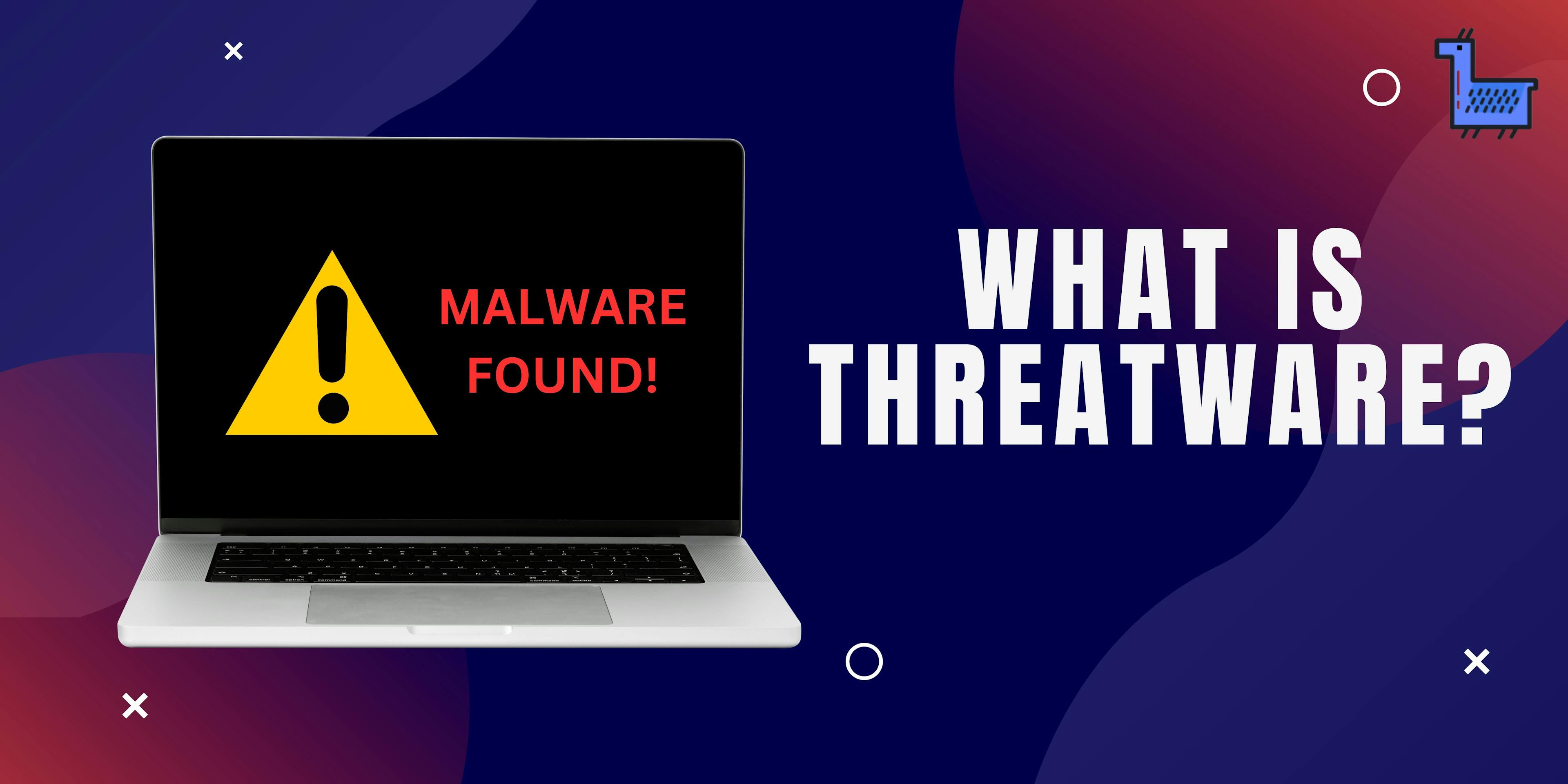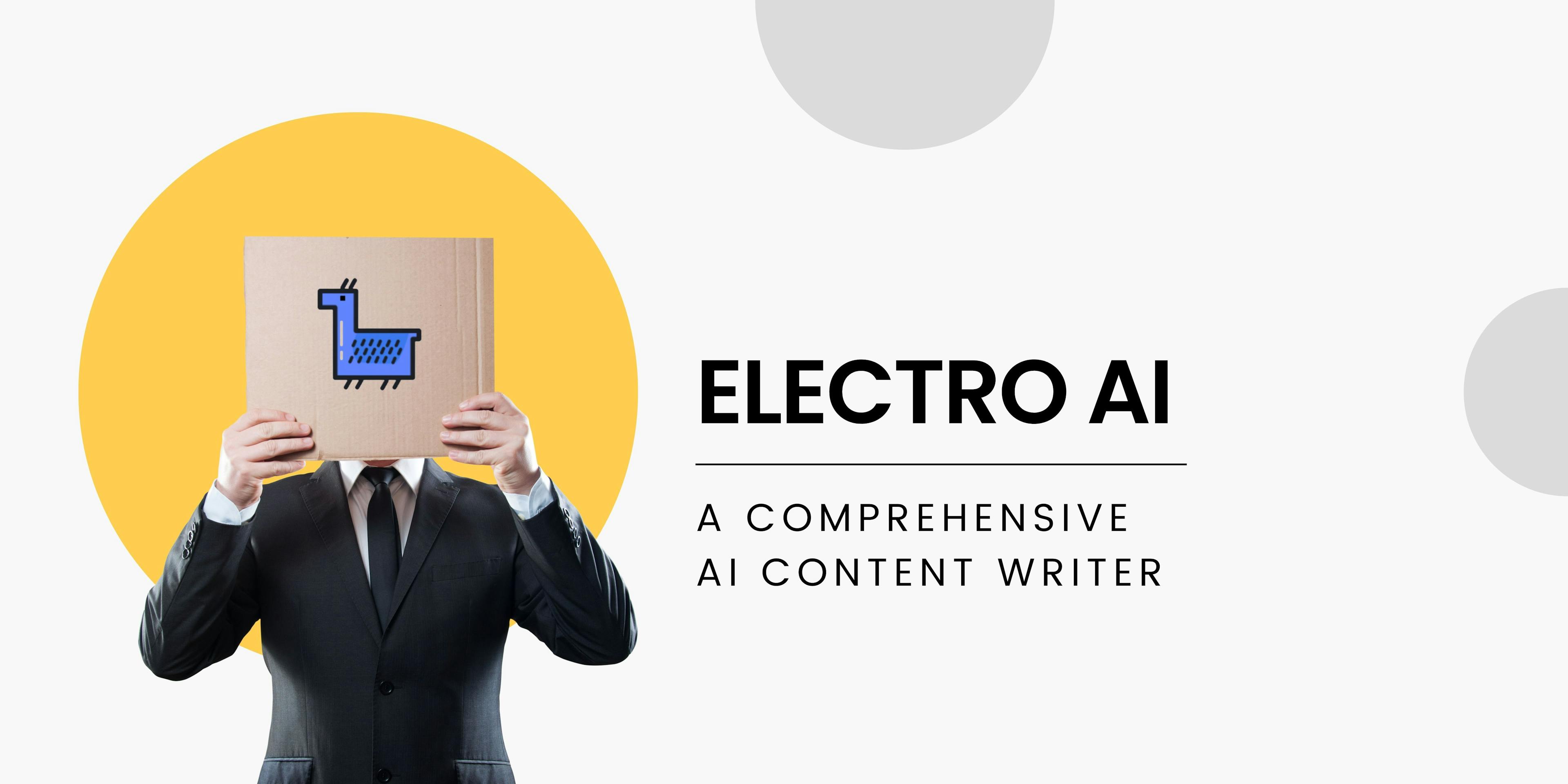The Best Software Asset Management Tool for Your Business Now!
Check out our top 10 tools for software asset management. Track assets, manage inventory, and create audits in one place.

Nowadays, businesses depend greatly on Software Asset Management tools, especially if they use softwares on a day to day basis. Don't struggle with an IT asset management solution and read here how to create a top notch SAM strategy. The more effective it is, the more you can optimize your usage of software, reduce risks, manage assets, and lower costs.
Top 10 Software Asset Management tools
- ServiceNow
- Freshservice
- Asset Panda
- AssetCloud
- IBM Maximo
- SolarWinds
- UpKeep
- EZOfficeInventory
- Zluri
- Infor EAM
Avoid compliance issues, security risks, and financial losses by understanding what software asset management is. See why it is essential and implement an effective Asset Management Software strategy.

What is Software Asset Management (SAM)?
Software Asset Management (SAM) is what organizations use to manage software assets and optimize their usage. As assets, we can mention equipment, facilities, transportation, and infrastructure. It also involves companies to manage contracts and other assets. The end goal is to ensure software license compliance, reduce costs, and mitigate risks.
Why should you be interested in how SAM works? Because a high percentage (80%, according to IAITAM) of companies are not in compliance with software license agreements. This leads to millions of dollars in fines and legal fees that can be avoided with a good strategy to manage software licenses.
Why have enterprise software asset management tools in place?
The best Software Asset Management program allows you to do the following, and more:
- Avoid the purchase of unnecessary software licenses
- Have greater control over your spendings;
- Optimize software usage and reduce maintenance costs;
- Ensure that all software is up-to-date and patched, reducing the risk of security vulnerabilities;
- Software Asset Management tools also monitor unauthorized software installations and usage
- Save time and improve productivity by automating tasks such as license tracking and software deployment
- Negotiate better licensing agreements with vendors;
- Minimize the risk of non-compliance and associated legal fees and fines.
Software Asset Management also improves operational efficiency. How? It provides a comprehensive view of the software assets your business has. This helps you make informed decisions about software purchases and upgrades. It also enables them to deploy software more efficiently. This way, you are reducing downtime and you're improving productivity.
How to choose the best asset management software
When it comes down to SAM tools, there are plenty of them on the market. From basic ones, perfect for small businesses, to very complex ones for big companies. Let's see what to look for in the best software asset management tool for your business.
Scalability and flexibility
The platform should be capable of handling the needs of your small business or large enterprise. It needs to integrate with a wide range of softwares and systems, and be easily customizable to meet your specific needs. More so, customer support should be readily available if anything were to happen.
Comprehensive asset discovery
The tool is able to discover and organize software assets across your organization. This includes desktops, laptops, servers, and cloud-based applications. Also, it should provide a comprehensive view of software license entitlements and usage. This way, you know you won't over-license.
Security and compliance
All software assets offer security features. Some of the most important ones are data encryption, access controls, and audit logs. They ensure that your assets are secure and you have license compliance.
Detailed report and analytic features
When choosing SAM tools, you need to look at their reporting features. They should allow you to create software audits, gather financial data, track physical assets, and get insights on hardware assets if any. These features are important because you will be able to optimize licenses and company's assets. Optimize costs and maintain compliance as well.
Also take a look at their pricing plans, because an expensive software isn't always a good one. Make sure you pick the best asset management software that fits your needs, from our list below.

ServiceNow as an Asset Management tool
ServiceNow is an IT asset management software that manages hardware and software assets. It includes features such as asset discovery, software license, and asset lifecycle management. Streamline your business's operations across multiple platforms by integrating the software with Microsoft Office 365.
The platform includes modules that manage IT operations - incident management, problem management, and service catalog. ServiceNow also manages non-IT services. To name a few - human resources, facilities, and legal services. This makes it a versatile solution for businesses with diverse service needs.

Freshservice
Freshservice is an IT asset management software that helps your business manage its hardware and software assets. It has a user friendly interface that allows the automation of service management and improves service quality. It includes features such as incident management, problem and change management, and asset management.
The software has developed a mobile app that lets users access and update service requests and tickets on the go. Freshservice can be integrated with many third-party software solutions, like Jira, Slack, and G Suite.

Asset Panda
Asset Panda is a cloud-based asset management software that allows you to track assets and manage them using a mobile device. It includes more features such as organization of inventory, maintenance management, and check-in/check-out functionality.
Gain insights into asset utilization and performance with advanced analytics and reporting features. Automate service management processes and improve overall productivity with the user-friendly interface and customizable workflow.

AssetCloud by Wasp Barcode Technologies
AssetCloud is another cloud-based asset management software that helps with tracking assets. It includes features such as inventory management, audit trail, and check-in/check-out functionality.
Software asset tracking has never been more efficient. Use the mobile app to scan barcodes and manage tracked assets. The third party software solutions you can integrate AssetCloud with are QuickBooks and Salesforce.

Software assets - IBM Maximo
IBM Maximo Application Suite is a comprehensive asset management solution designed for large and complex organizations. It manages assets and optimizes their utilization throughout their lifecycle. Its customizable functionalities include maintenance and inventory management, asset tracking, and procurement management.
It can be deployed on-premise or in the cloud, and can be accessed from any computer or mobile device. This makes it an accessible and versatile solution for businesses of any size or industry.

SolarWinds
SolarWinds is an American software asset management company, known for its user-friendly, simple interface. Its most impressive features are asset discovery and lifecycle management inventory, and software license. It offers products involved in hardware asset management as well.
Some of their most popular products are Network Performance Monitor, Server & Application Monitor, Database Performance Analyzer, and Patch Manager. These software solutions help you monitor, manage, and secure your IT environments more effectively. You can optimize performance, reduce downtime, get automated reports, and improve overall productivity.

UpKeep for Software Asset Management
Is a cloud-based software asset that helps your business streamline its maintenance operations. With UpKeep, you can manage work order and inventory, track software assets, and schedule preventive maintenance.
The software is accessible from any device with an internet connection, making it easy for your technicians to access and update maintenance tasks on the go. It can be customized to meet your business needs and it offers integrations with other popular software solutions, such as QuickBooks and Zapier.

EZOfficeInventory
If you have physical and virtual assets, EZOfficeInventory can help you manage them. It is a cloud-based asset tracking software with great features. To name a few: barcode scanning from their app, maintenance management, and asset reservations.
Easily integrate it with QuickBooks and Zendesk. If you are looking to improve the software asset management and tracking processes of your business, EZOfficeIventory is a good option.

Zluri
Zluri is a popular SaaS management software that streamlines IT services throughout your company. It is great for automation of repetitive tasks, with features such as cost optimization, software usage tracking, and robust reporting.
This platform also allows you to evaluate the budget allocated vs the budget spent and get data on it. More so, keep the balance between departments and see which ones meet their budget.

Infor EAM (Enterprise Asset Management Software)
It is an enterprise software asset management that allows you to manage physical and virtual assets. Its features include maintenance management, asset tracking, inventory details, and preventive maintenance scheduling.
Infor EAM has a customizable and easy to use interface, with advanced reporting and analytics capabilities. Integrate it with SAP and Oracle to streamline your business's asset management process across many platforms.
Now that you know a little bit about our top 10 software asset management tools, it is time to implement one of them to grow your business.
How to implement an asset management solution?
Implementing a SAM program involves several key steps and careful planning. It can be a complex and challenging process, but with the right approach, it becomes a valuable investment.
Define your asset management objectives and choose the solution
Before you start implementing a Software Asset Management system, you need to identify the specific goals you want to achieve. Consider the assets you want to manage, the level of visibility you need, and the key performance indicators (KPIs) you want to track.
Once you have a clear idea of your objectives, choose the right asset management solution. How? Weigh in factors such as your budget, the features you need, and the scalability of the solution.
Software inventory management and system set-up
Then, conduct a software inventory. This step involves identifying all assets and recording information such as vendor, version number, and software licenses. Gather this information by using automated tools or through manual processes.
Next, set up user accounts, define workflows, and configure dashboards and reports. Make sure your team is trained to use the software asset management effectively.
Software usage
The following step is to optimize use of software. Identify unused or underutilized software licenses and reallocate them to users who need them. This can help reduce software costs and improve operational efficiency.
SAM procedures and monitoring
Finally, establish policies and procedures for ongoing SAM. They should include regular software inventory updates, license compliance monitoring, and vendor management. This helps ensure that the program remains effective and up-to-date.
Conclusion
Software Asset Management is a critical practice for any organization that uses software. It helps to ensure compliance with software license agreements, reduce costs, and improve operational efficiency. By implementing a SAM program, organizations can avoid legal fees and fines, optimize software usage, and make informed decisions about software purchases and upgrade

